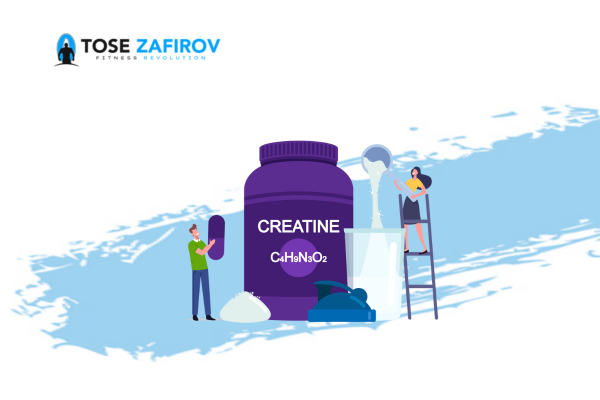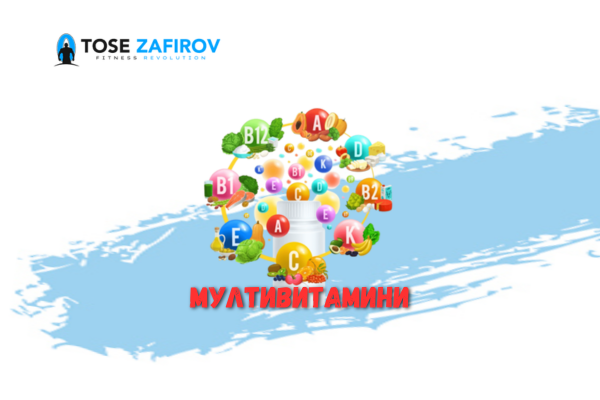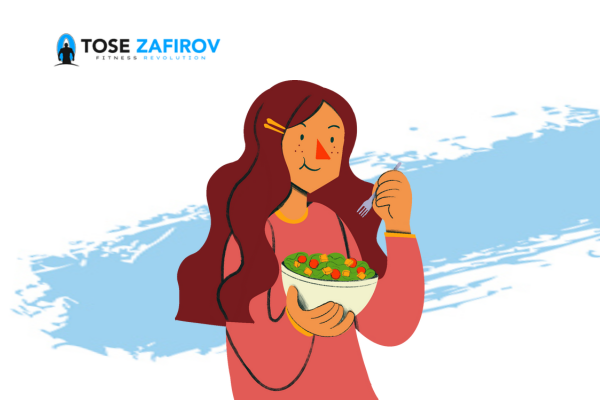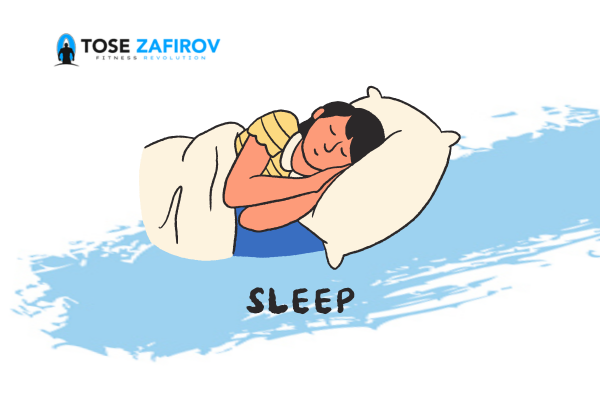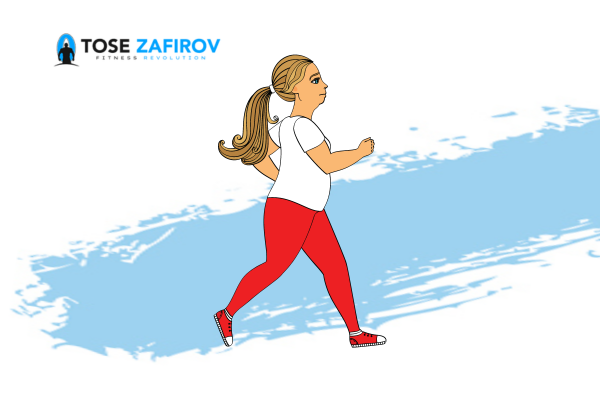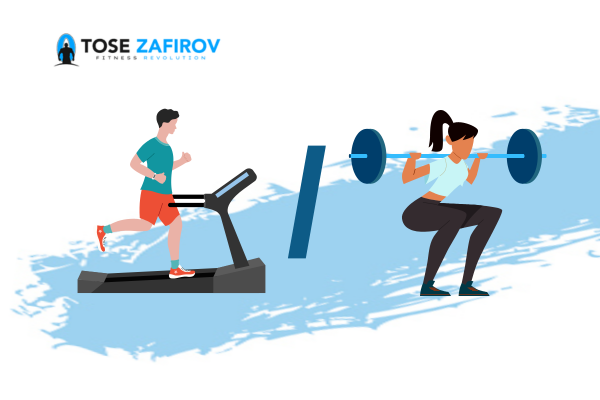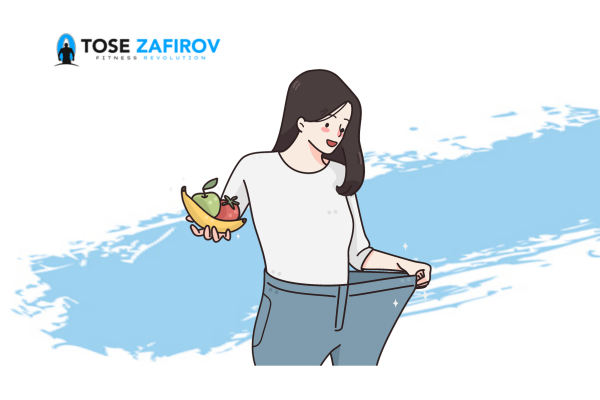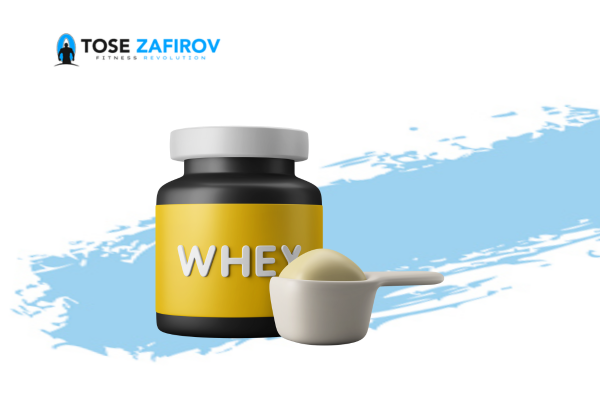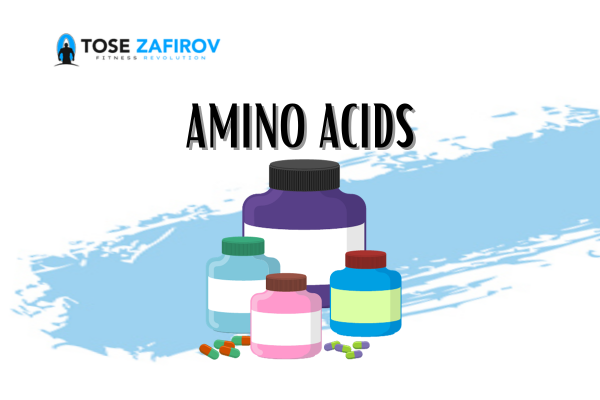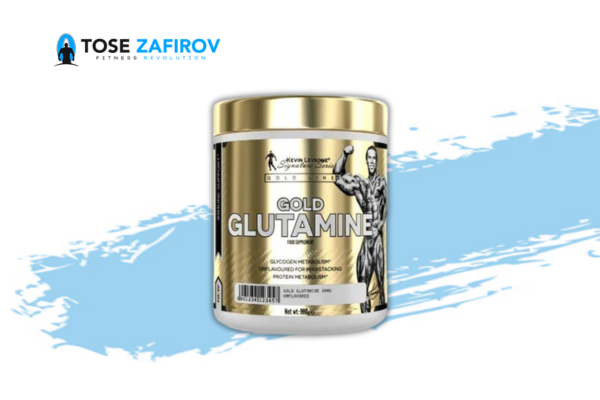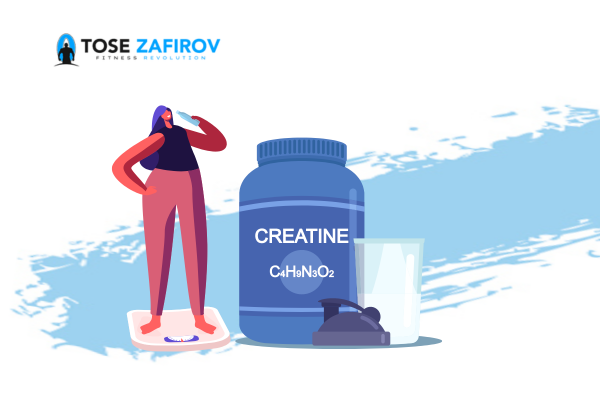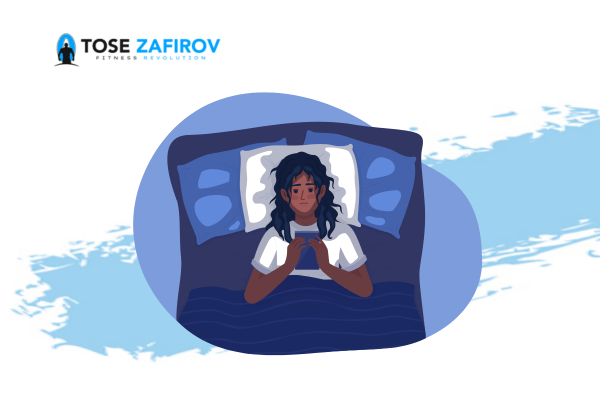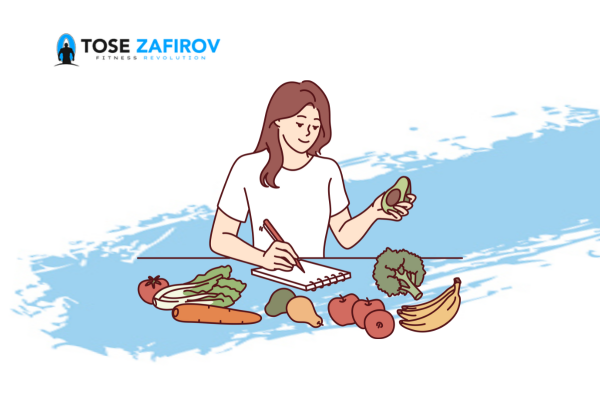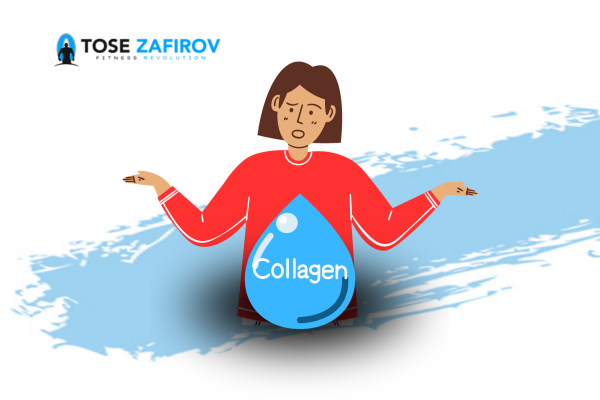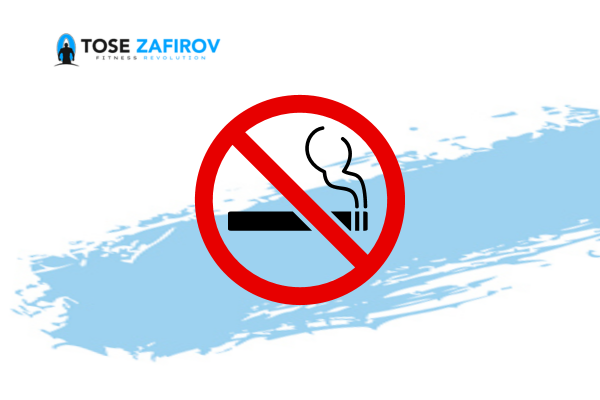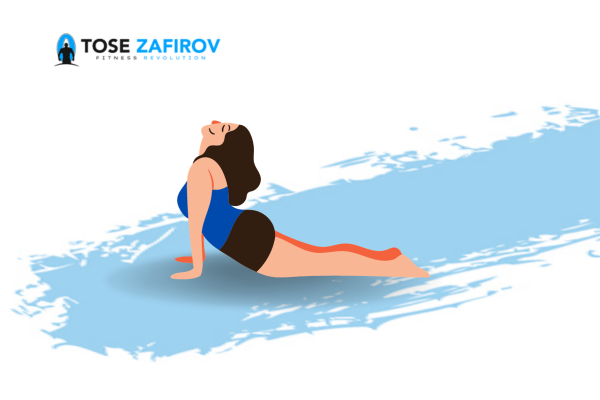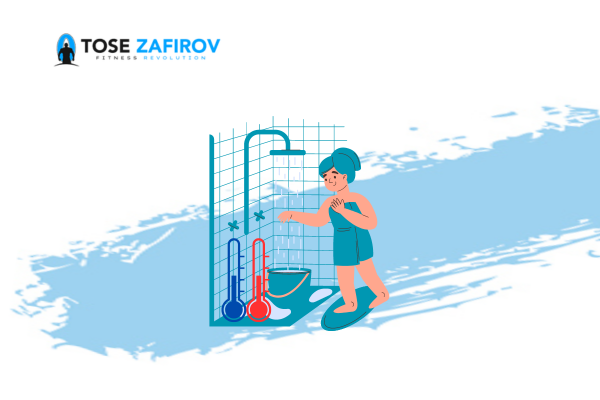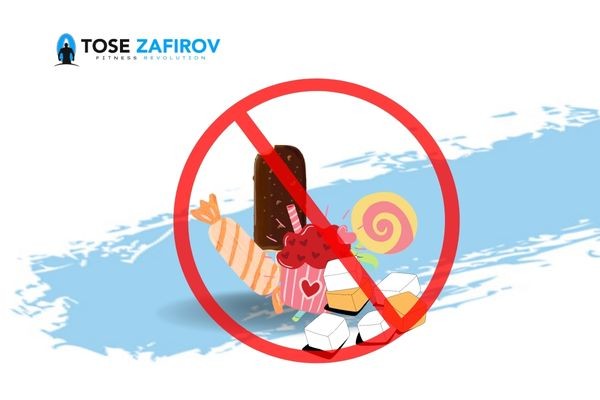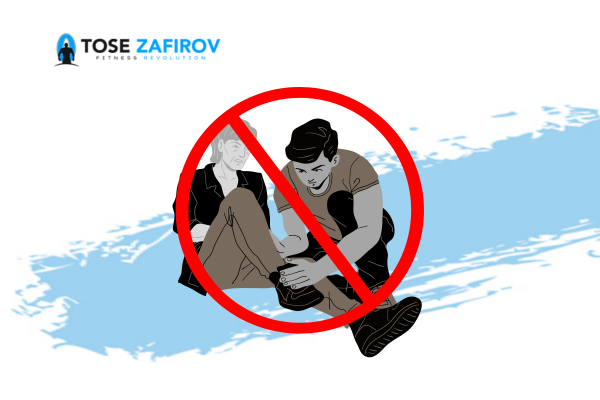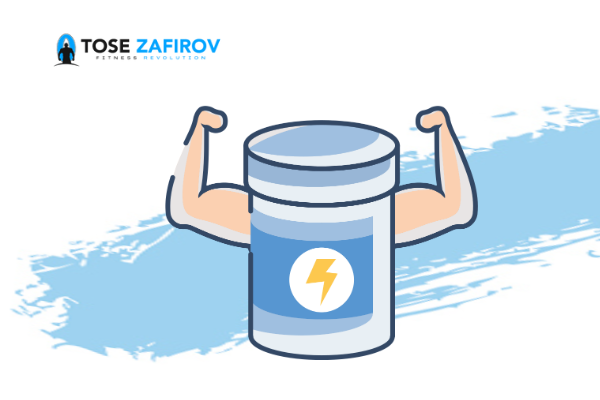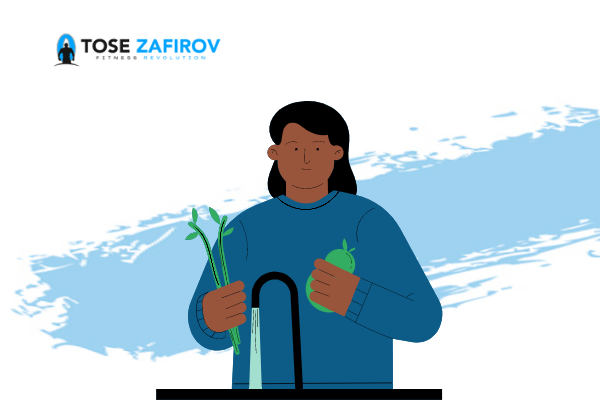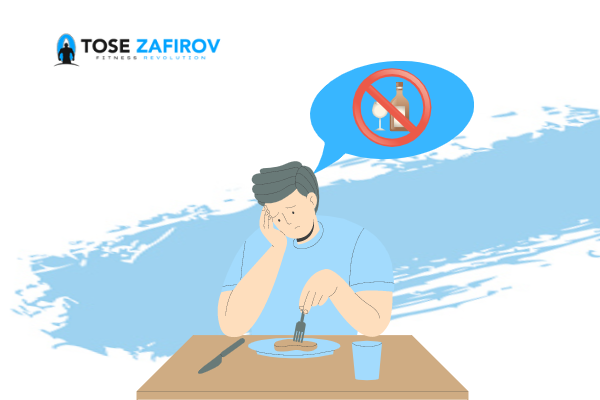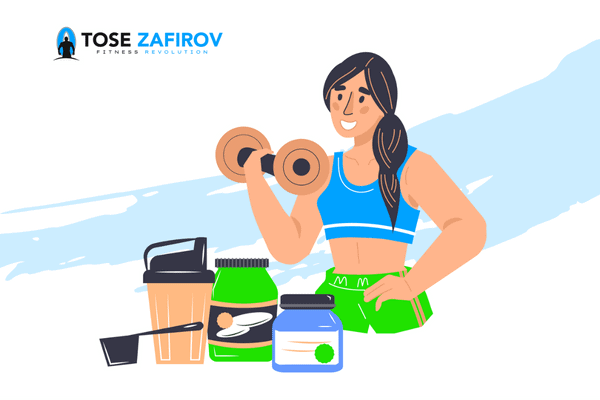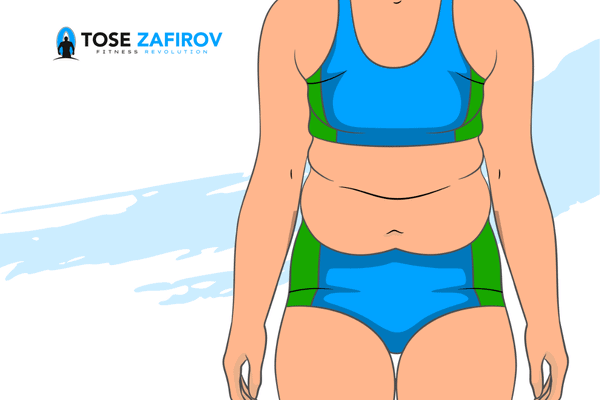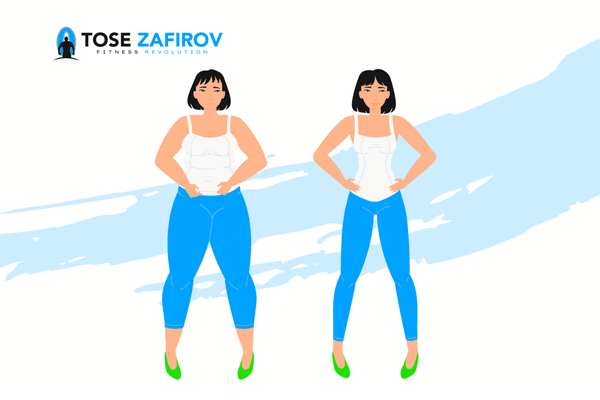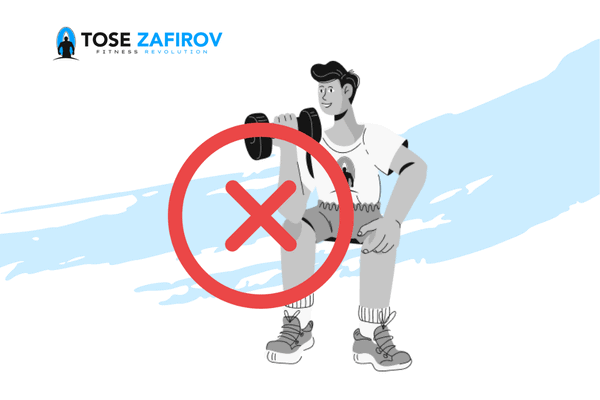Most of us think of sugar as the white stuff we add to coffee or the sweet stuff that makes cakes taste so good. But sugar comes in many forms and is often hiding in seemingly healthy foods, too. Sugar is basically
a carbohydrate. As well as the refined, processed sugar you buy for baking, healthy foods like fruit, milk and even some vegetables (corn, potatoes, peas) are also sources of natural sugars. With so much noisy ‘talk’ out there about sugar, we give you the facts.
Key Takeaways:
- Sugars are a type of carbohydrate.
- Sugar itself does not contain any essential nutrients — it only provides energy.
- Foods and drinks may contain a combination of naturally-occurring sugars and added sugars.
- Overconsumption of sugar can lead to obesity and other health risks.
- Sugar-sweetened drinks can make it easier to overconsume sugar — because they don’t make you feel ‘full’ or satisfied.
Not all sugars are created equal
Fruit, vegetables, and whole grains are an important part of a healthy diet, so the natural sugars in these foods are not the ones you need to worry about. That’s because whole-natural foods are also a source of valuable vitamins, minerals, antioxidants, and fiber. Also, these foods do not promote tooth decay the way other sugars do. They also take longer to enter your bloodstream, so are less likely to cause blood sugar spikes and sudden slumps that can wreak havoc with your mood, energy levels, and appetite. On the other hand, added sugars (white sugar, honey, syrups, and even fruit juice) are more of a health problem. Known as ‘free sugars’ as they have no cell wall and gush into the bloodstream causing energy spikes and crashes. They also lack nutrients, which is why they’re also called ‘empty kilojoules’. They’re frequently added in concentrated form to packaged foods such as biscuits, so your consumption of them is also multiplied.
Some believe ‘natural’ sugars (rice malt syrup, coconut sugar, agave nectar) are better for you, but the body treats them just the same as refined white sugar. This is why they, too, are classified as ‘free sugars’ and should be limited, in accordance with World Health Organization (WHO) guidelines.
Warning
sugars found in fruits, vegetables, and whole grains, which are a natural part
of a healthy diet, and the sugars that should be avoided. Whole, natural foods
provide essential nutrients, antioxidants, and fiber that contribute to overall
health. On the other hand, added sugars such as white sugar, honey, syrups, and
fruit juices can pose health risks.
How much sugar can we eat?
The government recommends that free sugars – sugars added to food or drinks, and sugars found naturally in honey, syrups, and unsweetened fruit and vegetable juices, smoothies and purées – should not make up more than 5% of the energy (calories) you get from food and drink each day.
This means:
- Adults should have no more than 30g of free sugars a day, (roughly equivalent to 7 sugar cubes).
- Children aged 7 to 10 should have no more than 24g of free sugars a day (6 sugar cubes).
- Children aged 4 to 6 should have no more than 19g of free sugars a day (5 sugar cubes).
- There’s no guideline limit for children under the age of 4, but it’s recommended they avoid sugar-sweetened drinks and food with sugar added to it.
Free sugars are found in foods such as sweets, cakes, biscuits, chocolate, and some fizzy drinks and juice drinks. These are the sugary foods we should cut down on.
For example, a can of cola can have as much as 9 cubes of sugar – more than the recommended daily limit for adults.
Sugars also occur naturally in foods such as fruit, vegetables and milk, but we do not need to cut down on these types of sugars.
Be aware that these are included along with free sugars in the “total sugars” figure that you’ll see on food labels.
Find out more about nutrition labels and sugar in my group for help on how to tell the difference.
Warning
Understanding the government’s recommendations for sugar consumption can empower your dietary choices. The focus is on “free sugars” – those added to foods or drinks and naturally present in honey, syrups, and unsweetened fruit and vegetable juices.
Tips to cut down on sugars
For a healthy, balanced diet, cut down on food and drinks containing free sugars.
These tips can help you to cut down:
Reducing sugar in drinks Instead of sugary fizzy drinks or sugary squash, go for water, lower-fat milk, or sugar-free, diet or no-added-sugar drinks. While the amount of sugar in whole and lower-fat milk is the same, choosing lower-fat milk reduces your saturated fat intake. Even unsweetened fruit juices and smoothies are sugary, so limit the amount you have to no more than 150ml a day. If you prefer fizzy drinks, try diluting no-added-sugar squash with sparkling water.
Reducing sugar in food
- Rather than spreading high-sugar jam, marmalade, syrup, chocolate spread or honey on your toast, try a lower-fat spread, reduced-sugar jam or fruit spread, sliced banana or lower-fat cream cheese instead.
- Check nutrition labels to help you pick the foods with less added sugar, or go for the reduced- or lower-sugar version.
- Try reducing the sugar you use in your recipes. It works for most things except jam, meringues and ice cream.
- Choose tins of fruit in juice rather than syrup.
- Choose unsweetened wholegrain breakfast cereals that are not frosted, or coated with chocolate or honey.
- Choose unsweetened cereal and try adding some fruit for sweetness, which will contribute to your 5 A Day. Sliced bananas, dried fruit and berries are all good options.
Find more ways of cutting sugar out of your diet.
To decrease your sugar intake, adopt smart strategies with confidence. Swap high-sugar spreads with lower-fat options, check nutrition labels for reduced-sugar choices, use less sugar in recipes, choose unsweetened cereals, and add fruits for natural sweetness. You got this!
Nutrition labels and sugars
Look at information on nutrition labels and ingredients lists to help reduce your intake of free sugars.
Nutrition information can be presented in different ways, including on the front and the back of packs.
Labels on the back of packaging
It’s important to look for the “of which sugars” figure on nutrition labels, which is part of the carbohydrate information.
While this does not tell you the amount of free sugars, it’s a useful way of comparing labels and can help you choose foods that are lower in sugar overall.
Look for the “Carbohydrates of which sugars” figure on the nutrition label.
Products are considered to either be high or low in sugar if they fall above or below the following thresholds:
- high: more than 22.5g of total sugars per 100g
- low: 5g or less of total sugars per 100g
If the amount of sugars per 100g is between these figures, that’s regarded as a medium level.
The “of which sugars” figure describes the total amount of sugars from all sources – free sugars, plus those from milk, and those present in fruit and vegetables.
For example, plain yoghurt may contain as much as 8g per serving, but none of these are free sugars, as they all come from milk.
The same applies to an individual portion of fruit. An apple might contain around 11g of total sugar, depending on the size of the fruit selected, the variety and the stage of ripeness.
But sugar in fruit is not considered free sugars unless the fruit is juiced or puréed.
This means food containing fruit or milk will be a healthier choice than one containing lots of free sugars, even if the 2 products contain the same total amount of sugar.
You can tell if the food contains lots of added sugars by checking the ingredients list.
Sometimes you’ll see a figure just for “Carbohydrate” and not for “Carbohydrate (of which sugars)”.
The “Carbohydrate” figure will also include starchy carbohydrates, so you cannot use it to work out the sugar content.
In this instance, check the ingredients list to see if the food is high in added sugar.
Use nutrition labels as a guide to cut down on free sugars. Focus on the “Carbohydrates of which sugars” figure to compare products and aim for those with lower sugar content.
Ingredients list
You can get an idea of whether a food is high in free sugars by looking at the ingredients list on the packaging.
Sugars added to foods and drinks must be included in the ingredients list, which always starts with the ingredient that there’s the most of.
This means that if you see sugar near the top of the list, the food is likely to be high in free sugars.
Watch out for other words used to describe the sugars added to food and drinks, such as cane sugar, honey, brown sugar, high-fructose corn syrup, fruit juice concentrate/purées, corn syrup, fructose, sucrose, glucose, crystalline sucrose, nectars (such as blossom), maple and agave syrups, dextrose, maltose, molasses and treacle.
Labels on the front of packaging
There are labels containing nutrition information on the front of some food packaging.
This includes labels that use red, amber and green colour coding, and advice on reference intakes (RIs) of some nutrients, which can include sugar.
Labels that include colour coding allow you to see at a glance if the food has a high, medium or low amount of sugars:
- red = high (more than 22.5g of sugar per 100g or more than 27g per portion)
- amber = medium (more than 5g but less than or equal to 22.5g of sugar per 100g)
- green = low (less than or equal to 5g of sugar per 100g)
Some labels on the front of packaging will display the amount of sugar in the food as a percentage of the RI.
RIs are guidelines for the approximate amount of particular nutrients and energy required in a day for a healthy diet.
The reference intake for total sugars is 90g a day, which includes 30g of “free sugars”.
Your weight and sugar
Eating too much sugar can contribute to people having too many calories, which can lead to weight gain.
Being overweight increases your risk of health problems such as heart disease, some cancers and type 2 diabetes.
For a healthy, balanced diet, we should get most of our calories from other kinds of foods, such as starchy foods (wholegrain where possible) and fruits and vegetables, and only eat foods high in free sugars occasionally or not at all.
The Eatwell Guide shows how much of what we eat should come from each of the main food groups in order to have a healthy, balanced diet.
Learn more about how to have a balanced diet.
Tooth decay and sugar
Sugar is one of the main causes of tooth decay.
To prevent tooth decay, reduce the amount of food and drinks you have that contain free sugars – such as sweets, chocolates, cakes, biscuits, sugary breakfast cereals, jams, honey, fruit smoothies and dried fruit – and limit them to mealtimes.
The sugars found naturally in fruit and vegetables are less likely to cause tooth decay, because they’re contained within the structure.
But when fruit and vegetables are juiced or blended into a smoothie, the sugars are released. Once released, these sugars can damage teeth.
Limit the amount of fruit juice and smoothies you drink to a maximum of 150ml (a small glass) in total per day, and drink it with meals to reduce the risk of tooth decay.
Squashes sweetened with sugar, fizzy drinks, soft drinks and juice drinks have no place in a child’s daily diet.
If you’re looking after children, swap any sugary drinks for water, lower-fat milk or sugar-free drinks.
Warning
Vigilance against tooth decay is crucial; minimize consumption of foods and beverages high in free sugars, like sweets, chocolates, and sugary cereals, especially between meals.
Bottom Line:
Understanding the effects of sugar on your well-being is crucial. This guide explores the intricacies of sugar, from its different forms to its impact on health. By distinguishing between natural and added sugars, you can make informed decisions that support better nutrition and overall vitality. Remember to read nutrition labels, choose lower-sugar options, and prioritize whole, nutrient-rich foods. By practicing moderation and consuming a balanced diet, you can protect yourself and those you care for from the potential harms of excessive sugar consumption, promoting a healthier lifestyle.


